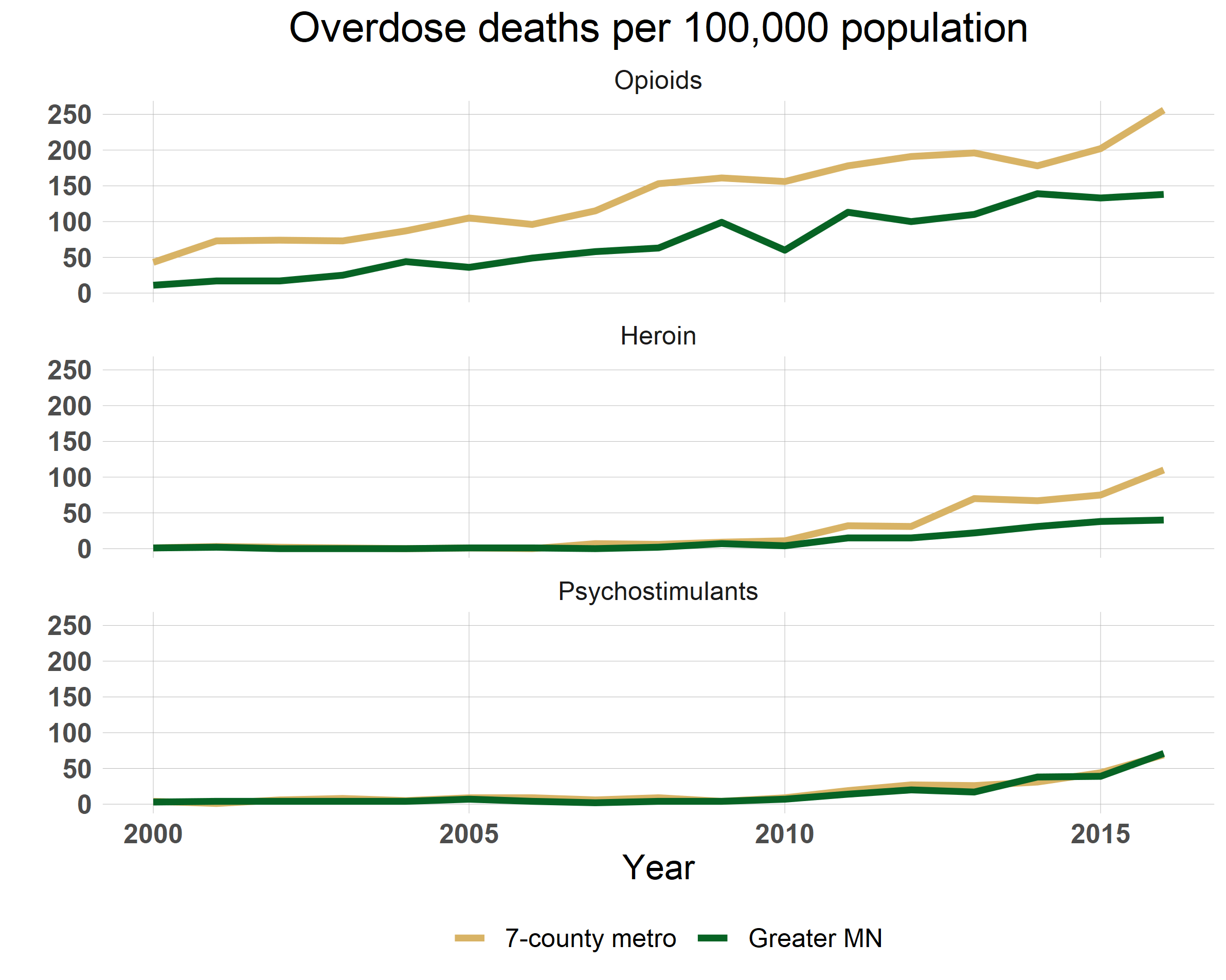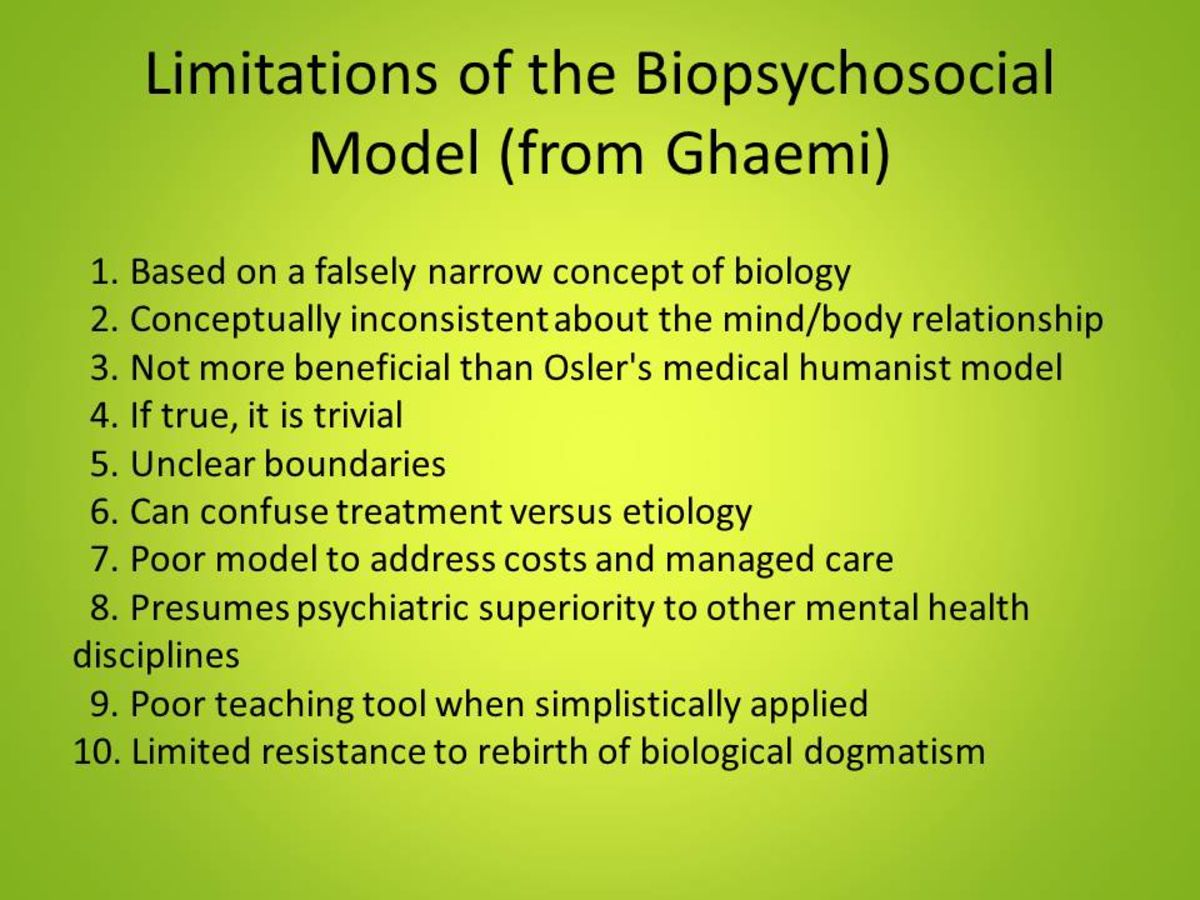Getting My Where To Get Treatment In Uk For Drug Addiction To Work
He simply did not know how and when to bring it up with Karen. So the therapist dealt with Paul to create a prepare for where and when he would raise this subject, and the rest of the session was spent role-playing what Paul wanted to say to Karen and how he could react to her possible reactions.
From the understanding of the issue cultivated in overcoming the precontemplation phase, and from the broadened awareness of possible actions contemplated in the second stage of change, the customer picks an action and establishes the cognitive, affective, behavioral, and social conditions under which modification can happen. This preparation in regards to how the client selects to believe, feel, act, and relate can be helped with by thoroughly working out treatment jobs at this stage to match the intents the client has actually pertained to endorse.
Development through these first 3 stages of modification parallels the customer's acquisition of insights into the nature of individual problems and into the process of changing them. As customers broaden their insights into the desirability and feasibility of modification, the objective of taking specific action to lower bothersome compound usage emerges in prominence.
An action strategy defines criteria of modification, often in regards to behaviors that demonstrate a distinction from prior routines. Some examples consist of a customer with an identified alcohol use condition who successfully avoids consuming for an entire week and fixes to continue abstinence. A cocaine binger overcomes previous hesitation to attempt property treatment after many failed efforts to give up drugs through outpatient treatment, and checks himself into an inpatient treatment facility.
To help customers put insight into action, therapists can propose altering the stimuli or the effects that shape customer behaviors. how to talk to employer discretely about needing treatment for addiction. When the objective is to change patterns of compound use, clients will need to exert some control over the stimuli to which they are exposed, often by preventing contact with particular people or circumstances that elicit temptation to abuse compounds, and by changing those stimuli with new stimuli related to healthier and still satisfying habits (how many addiction treatment centers are there in the us).
In developing action objectives to deal with uncontrollable stimuli, the treatment dyad aims to practice new actions to "trigger" situations. Emphasis is put on the outcomes of the customer's behavior, with attention to promoting supports to increase the probability of continuing brand-new discovered actions. Likewise, the punishing repercussions of continuing old routines might be analyzed and, to the degree possible, highlighted to assist clients withstand resumption of habits they are attempting to alter.
The Single Strategy To Use For Why Is Methadone Used As A Treatment For Heroin Addiction?
Carroll and Roundsaville (2006) assert robust concepts of empirical assistance for the effectiveness of behavioral and cognitive-behavioral interventions throughout all major types of substance use disorders. They keep in mind that research also supports the efficacy of these therapies for other mental issues, essential thinking about the high comorbidity of compound usage conditions with other mental health issues.
The two general objectives and matching treatment approaches used below borrow extensively from their formulation of therapy at the action stages of customer modification. The goals differ in terms of focus on classically versus operantly conditioned behaviors, and the techniques are distinguished in regards to the extent to which the individual has direct control over the stimuli or the results influencing private learning and behavior.
Naturally, this objective can likewise be worded in a treatment strategy in terms much more familiar to the customer than mental lingo. The therapist informs the customer that the purpose is to change behavior by cutting the link between a signal (that drugs or alcohol are available and desirable) and a response (using a psychoactive compound) that the individual has discovered to make to that signal.
For example, the mentioned plan might be to assist a customer find alternative, much healthier means of reacting to dullness, anger, sadness, or disappointment without turning to drug or alcohol use. In another case, the strategy may be to avoid direct exposure to individuals, occasions, or other cues that the client relates to drug usage.
In the first technique, a brand-new habits is discovered to respond to the very same old hard feelings. In the second case, the strategy is to make modifications in the client's environment so that the stimuli that activate compound use are less offered. Prochaska and Norcross (1994; 2014) identify these two techniques of modifying classically conditioned reactions by pointing out that the very first, counterconditioning, focuses on changing the person's experience, which the second, stimulus control, highlights modification of the person's environment.
This is a vital issue for compound users who have actually ended up being familiar with reaching for their compound of option when relative get on their nerves, or when addiction treatment delray beach fl they feel obstructed from finishing required jobs, or when completion of the work week gets here, since these types of events can not be totally removed - how much does addiction treatment cost.

Some Known Facts About How Big Is The Addiction Treatment Industry In Minnesota.
The customer who wishes to stop utilizing drugs or alcohol in reaction to such stimuli needs not only to be knowledgeable about alternative actions besides utilizing substances; the client must really use those brand-new reactions. The customer's action strategy is to carry out brand-new reactions to signals that previously generated disordered use of drugs or alcohol.
The plan needs to likewise consist of requirements that will suggest when the customer has effectively finished the action, in addition to mentioned intents to take a look at the client's ideas, sensations and experiences of the new habits. When the strategy gives the client clear ideas about what to anticipate both from the therapist and from the http://donovandtso010.raidersfanteamshop.com/the-best-guide-to-what-is-addiction-treatment process of trying something brand-new, the customer might be more motivated to follow through with the action.
The therapist typically can not manage the stimulus for the customer, but rather teaches the client implies of stimulus control. Fulfilling this objective goes beyond listing situations or individuals the customer will want to avoid (though this is a crucial initial step). The therapist will further ask about what it will resemble for the client to keep away from setting off stimuli, how the client anticipates to decrease exposure, and how the customer feels about doing so.
To show, Juanita has actually effectively stopped smoking cigarettes for one week and 2 days. She understands it will be difficult to handle prompts to smoke when she is studying for upcoming examinations. Her preferred location to study used to be a school coffeehouse, however she informs her therapist that the smoky atmosphere there could add to the temptation to light up a cigarette. what is the best treatment for drug addiction.

The treatment strategy Juanita and her therapist generated together can be viewed in Table 4. Table 4. Maintenance Treatment Prepare For Juanita, Client Diagnosed with Tobacco Use Disorder, and Evaluated in Transition from Action to Upkeep Stages of Modification Issue: Juanita wishes to preserve her initial success at stopping smoking for 9 days, however she is worried that she may regression if exposed to specific hints and activates.
Goal: Stay away as much as possible from places where she understands Source people will be smoking cigarettes or cigarettes will be offered. Technique: List in session the locations and scenarios Juanita plans to avoid. Approach: Specify options Juanita can utilize, consisting of other things she can do and other places she can go.
